Introduction
Da Lu Noodles, a beloved traditional dish in many regions of China, is renowned for its simple elegance and comforting flavor. While the noodles themselves serve as the foundation, it is the sauce, or “lu,” that elevates this dish to culinary excellence. The sauce, a rich and flavorful blend of ingredients, is what truly defines Da Lu Noodles and sets them apart. In this article, we will delve into the intricacies of crafting a delicious sauce for Da Lu Noodles, exploring traditional recipes, variations, and tips to ensure your homemade version is nothing short of extraordinary.
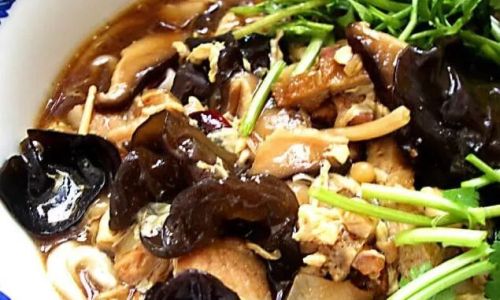
Understanding the Basics
Before diving into specific recipes, it’s crucial to understand the fundamental elements that constitute a great Da Lu Noodles sauce. Traditionally, the sauce is made with a combination of pork or chicken broth, eggs, soy sauce, starch, and various spices and seasonings. Each ingredient plays a vital role in creating a balanced and harmonious flavor profile.
- Broth: The base of the sauce, typically made from simmering pork bones or chicken for hours to extract maximum flavor.
- Eggs: Often beaten and poured into the boiling broth to create silky strands that enrich the sauce’s texture.
- Soy Sauce: Adds saltiness and a subtle umami flavor.
- Starch: Used to thicken the sauce, usually cornstarch or potato starch, giving it a velvety consistency.
- Spices and Seasonings: These can include garlic, ginger, scallions, black pepper, and sesame oil, among others, to enhance the sauce’s aroma and taste.
Traditional Recipe: A Classic Approach
Let’s start with a classic recipe for Da Lu Noodles sauce. This version is straightforward yet packed with flavor, making it an excellent choice for beginners.
Ingredients:
- 4 cups pork or chicken broth
- 3 large eggs, beaten
- 1/4 cup soy sauce
- 3 tablespoons cornstarch mixed with 1/4 cup water
- 2 cloves garlic, minced
- 1-inch piece of ginger, sliced thinly
- 2 scallions, chopped
- 1/2 teaspoon black pepper
- 1 teaspoon sesame oil
- Salt to taste
Instructions:
-
Prepare the Broth: Begin by heating the broth in a large pot over medium heat. Add the minced garlic and sliced ginger. Allow them to simmer gently for about 5 minutes to release their flavors into the broth.
-
Add Seasonings: Stir in the soy sauce, black pepper, and a pinch of salt. Taste and adjust the seasoning as needed. Remember, the soy sauce will add saltiness, so be cautious with additional salt.
-
Temper the Eggs: In a separate bowl, beat the eggs until well combined. Slowly pour the beaten eggs into the simmering broth, stirring gently with a chopstick or whisk to create silky strands of egg. Continue to cook until the eggs are fully set.
-
Thicken the Sauce: In a small bowl, mix the cornstarch with water until smooth. Gradually pour this mixture into the broth, stirring constantly to avoid lumps. Continue to cook until the sauce reaches your desired consistency. It should be thick enough to coat the noodles but not overly sticky.

-
Finish with Aromatics: Remove the pot from heat and stir in the chopped scallions and sesame oil. The scallions will add a fresh, slightly sweet flavor, while the sesame oil will provide a nutty, fragrant finish.
-
Serve: Taste the sauce once more and adjust the seasoning if necessary. Ladle the hot sauce over cooked noodles and enjoy immediately.
Variations and Enhancements
While the classic recipe is delicious, there are countless ways to elevate your Da Lu Noodles sauce. Here are some variations and enhancements to inspire your culinary creativity.
Mushroom and Pork Sauce
For a richer, earthier flavor, incorporate mushrooms and ground pork into your sauce.
Ingredients:
- 1/2 pound ground pork
- 8 ounces mushrooms, sliced
- 1 onion, finely chopped
- 4 cups pork broth
- 2 large eggs, beaten
- 1/4 cup soy sauce
- 2 tablespoons cornstarch mixed with 1/4 cup water
- 1 clove garlic, minced
- 1 teaspoon ginger, grated
- 1/2 teaspoon black pepper
- 1 teaspoon sesame oil
- Salt to taste
Instructions:
- In a large skillet, cook the ground pork over medium heat until browned. Add the sliced mushrooms and chopped onion, cooking until the vegetables are tender and the pork is fully cooked.
- Transfer the pork and vegetable mixture to a pot and add the pork broth, minced garlic, and grated ginger. Bring to a simmer.
- Follow steps 2-6 from the classic recipe, adding the beaten eggs, soy sauce, cornstarch mixture, black pepper, sesame oil, and salt as directed.
Seafood Sauce
For a coastal twist, incorporate shrimp, scallops, and clams into your sauce.
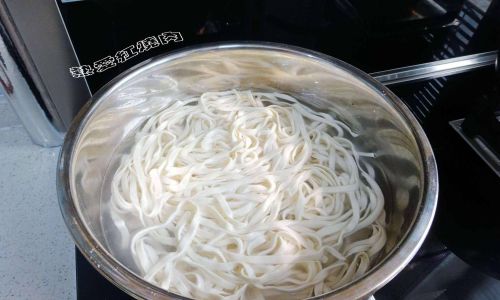
Ingredients:
- 1/2 pound shrimp, peeled and deveined
- 1/2 pound scallops
- 1/2 pound small clams, cleaned
- 4 cups chicken broth
- 3 large eggs, beaten
- 1/4 cup soy sauce
- 3 tablespoons cornstarch mixed with 1/4 cup water
- 1 clove garlic, minced
- 1 teaspoon ginger, grated
- 1/2 teaspoon white pepper
- 1 teaspoon sesame oil
- Salt to taste
- 2 scallions, chopped (for garnish)
Instructions:
- In a large pot, bring the chicken broth to a boil. Add the minced garlic and grated ginger, simmering for 5 minutes.
- Add the shrimp, scallops, and clams to the pot. Cook until the seafood is tender and the clams have opened.
- Follow steps 2-6 from the classic recipe, adding the beaten eggs, soy sauce, cornstarch mixture, white pepper, sesame oil, and salt as directed.
- Garnish with chopped scallions before serving.
Vegetarian Sauce
For a meat-free option, create a vibrant vegetarian sauce with tofu, mushrooms, and vegetables.
Ingredients:
- 8 ounces firm tofu, crumbled
- 8 ounces mushrooms, sliced
- 1 carrot, diced
- 1 bell pepper, diced
- 1 zucchini, diced
- 4 cups vegetable broth
- 3 large eggs, beaten (optional, for a richer texture)
- 1/4 cup soy sauce
- 3 tablespoons cornstarch mixed with 1/4 cup water
- 2 cloves garlic, minced
- 1 teaspoon ginger, grated
- 1/2 teaspoon black pepper
- 1 teaspoon sesame oil
- Salt to taste
- Fresh cilantro, chopped (for garnish)
Instructions:
- In a large pot, heat a small amount of oil over medium heat. Add the crumbled tofu and cook until lightly browned. Add the sliced mushrooms, diced carrot, bell pepper, and zucchini. Cook until the vegetables are tender.
- Add the vegetable broth, minced garlic, and grated ginger. Bring to a simmer.
- If using eggs, follow step 3 from the classic recipe to temper them into the sauce. Otherwise, skip to step 4.
- Follow steps 4-6 from the classic recipe, adding the soy sauce, cornstarch mixture, black pepper, sesame oil, and salt as directed.
- Garnish with chopped cilantro before serving.
Tips for Perfecting Your Sauce
- Quality Ingredients: Always use high-quality ingredients, especially for the broth and soy sauce, as they will make a significant difference in the final flavor.
- Patience: Simmering the broth with aromatics like garlic and ginger allows their flavors to meld and deepen, creating a more complex and satisfying sauce.
- Tempering Eggs: When adding eggs to the sauce, pour them in slowly and stir gently to create long, silky strands. Over-stirring will break up the eggs, resulting in a less appealing texture.
- Taste and Adjust: Don’t be afraid to taste your sauce as you cook and adjust the seasoning accordingly. Balancing the flavors is key to a successful sauce.
- Garnishes: Fresh herbs, chopped scallions, or a drizzle of chili oil can elevate your sauce from good to great. Experiment with different garnishes to find what you like best.
Conclusion
Making a delicious sauce for Da Lu Noodles is an art that combines precision, patience, and creativity. By following the classic recipe or exploring variations and enhancements, you can create a sauce that is uniquely yours. Remember, the key to success is using quality ingredients, allowing flavors to meld, and tasting and adjusting as you go. With practice, you’ll soon be crafting sauces that rival even the best restaurants. So, roll up your sleeves, get your ingredients ready, and start making your own
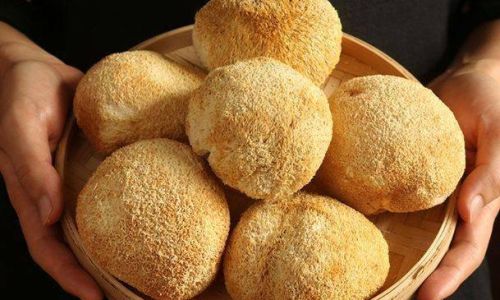
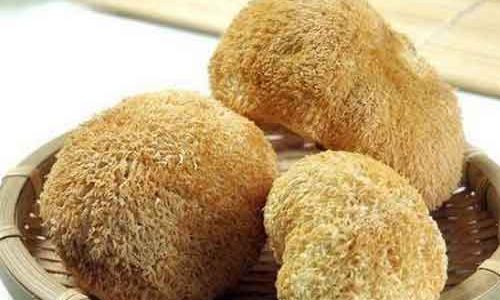
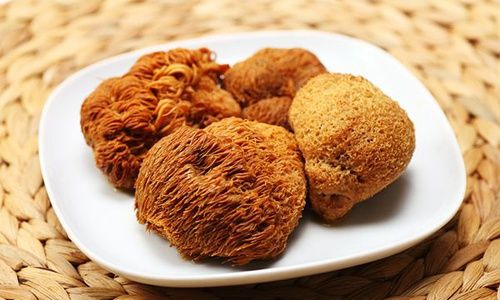


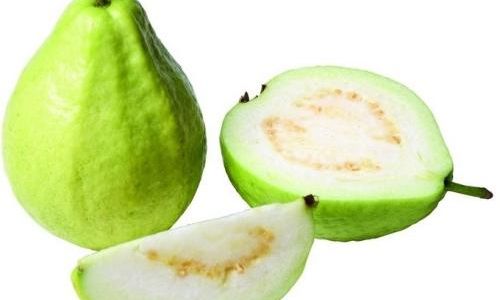
0 comments